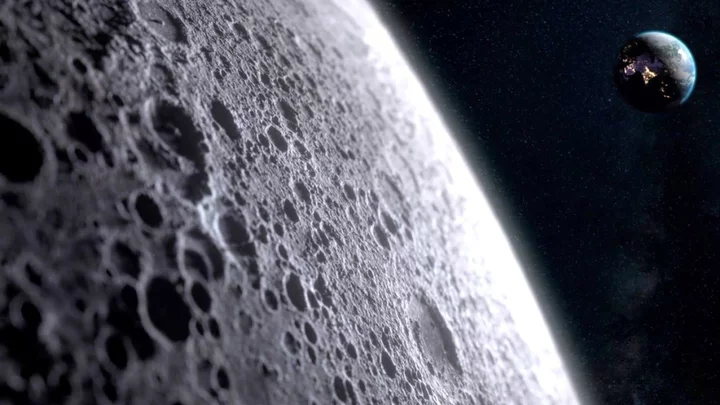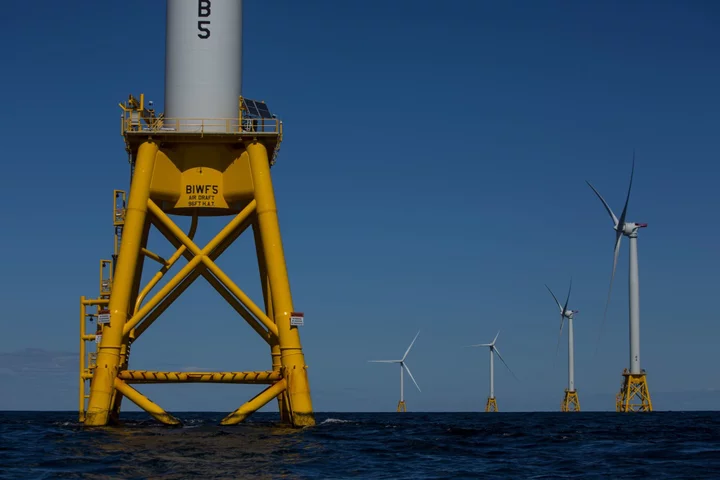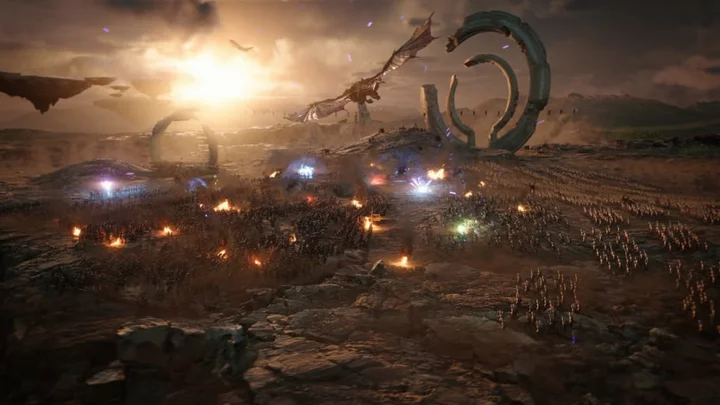
How to watch the FIFA Women’s World Cup online for free
SAVE 49%: Livestream the FIFA Women’s World Cup for free with a streaming-friendly VPN. A
2023-07-15 12:47

proteanTecs Achieves ASIL-B Automotive Functional Safety Certification
MUNICH--(BUSINESS WIRE)--Jun 14, 2023--
2023-06-14 22:22

Apple unveils Watch Series 9 with new processor and hands-free features
Apple has unveiled its new Watch, with a new, faster processor and hands-free features. The Apple Watch Series 9 brings an updated chip that makes the phone up to 30 per cent faster, Apple said. That should make animations and effects smoother, it said, as well as allowing for new features. In addition to those new tools, the Watch Series 9 is Apple’s first carbon neutral product. That has been achieved by a range of changes, including dropping leather from its bands and all new products. Those include a new feature called “Double Tap”, which lets people control their Watch without actually touching it. By clicking their two fingers together – the same gesture as on the upcoming Vision Pro headset – users can click buttons on the screen. :: Follow our live coverage of the Apple event here. Apple said the feature would be useful when the other hand is occupied, such as when carrying a coffee or walking the dog, for instance. It may also be helpful for accessibility, and Apple has already rolled out similar features as part of those tools. The new feature relies on the machine learning smarts within the new chip, Apple said, which are able to analyse data from the sensors “in a completely new way”. It watches for the changes in movement and “blood flow” that happen when people bring their fingers together, and then uses that to click. The new processor will also allow Siri requests to be processed on the Apple Watch itself, which should make them faster and more secure. The most common requests no longer have to go to the cloud, Apple said, so that they should not be impeded by slow WiFi or data connections. Apple will also let people ask Siri for health data, which it said was powered by the new hardware, though did not explain exactly why. Users can ask how much they slept, for instance. Dictation will also be improved by that chip. It can run a more smart machine learning model, which should make dictation up to 25 per cent more accurate. The chip will also make the Watch better at finding its paired iPhone. Apple has always offered the option to ping the phone, but the Watch will now offer the distance and direction to the iPhone. A similar feature will work with the HomePod. When the Apple Watch comes close to that smart speaker, it will offer media suggestions for what to listen to. The Series 9 also brings a new display. It now goes up to 2,000 nits – making it easier to see outside – as well as going all the way down to one nit, for dark situations. Read More Apple Watch 7 pre-order: How to buy the new smartwatch in the UK Apple introduces new version of Watch with complete redesign iPhone 13 - live: UK contract deals and prices for Apple, EE and O2 Apple to stop using leather in all new products Apple is about to reveal the new iPhone – and a lot more Here’s when you will actually be able to get the new iPhone
2023-09-13 01:46

Binance and its CEO seek dismissal of CFTC complaint
(Reuters) -Binance and its CEO Changpeng Zhao have filed a motion to dismiss a complaint against the cryptocurrency exchange by
2023-07-28 20:49

California state leaders vow to provide textbooks for students after a school board rejected a social studies curriculum
After a Southern California school district rejected a state-endorsed social studies curriculum that includes material on gay rights, top state officials are vowing to buy a textbook in question and distribute it to students before the new school year.
2023-07-14 16:50

Get a 3-month stackable subscription to the entire Adobe Creative Cloud Suite for under $30
TL;DR: As of June 2, get a three-month subscription to Adobe Creative Cloud Apps for
2023-06-02 17:54

Sound the Alarm! The Invasion Has Begun in Blizzard Entertainment’s Overwatch® 2
IRVINE, Calif.--(BUSINESS WIRE)--Aug 10, 2023--
2023-08-11 03:25

How to livestream the F1 online for free
SAVE 49%: Livestream the F1 for free with ExpressVPN. A one-year subscription to ExpressVPN is
2023-05-31 12:26

Pick up a refurbished MacBook Air for $345.99
TL;DR: As of September 16, get a refurbished MacBook Air for only $345.99 — that's
2023-09-16 17:52

Scientists could use lunar dust to make roads on the moon
Scientists have come up with a potential solution to deal with dust on the moon which makes conducting research tricky. Dust erodes space suits, clogs machinery, interferes with scientific instruments and makes moving around on the surface difficult. But they reckon moon dust could be melted using a giant lens developed by the European Space Agency to create solid roads and landing areas. Using a fine-grained material called EAC-1A, developed as a substitute for lunar soil, scientists used a 50mm diameter laser beam to heat the dust to about 1,600C and melt it. Then they traced out bendy triangle shapes, which could be interlocked to create solid surfaces across large areas of lunar soil to be used as road. However it would take about 100 days to create a 10 x 10m landing spot so it is not a quick fix. To make matters worse, the lens needed for the laser to work would be difficult to transport from Earth and could also get dust in it which may reduce its functionality. “You might think: ‘Streets on the moon, who needs that?’” said Prof Jens Günster, of the Federal Institute of Materials Research and Testing in Berlin and co-author of a report on the possible solution. “But in fact it’s a kind of depressing demand [even] early on. It’s very loose material, there’s no atmosphere, gravity is weak, so the dust gets everywhere. It contaminates not only your equipment but other nations’. No one would be happy to be covered in dust from another rocket." Dust has blighted previous missions, such as the Surveyor 3 spacecraft (damaged by dust kicked up by the Apollo 12 landing), and overcoming this challenge is a priority for Nasa, which aims to establish a permanent lunar outpost. Transporting building materials to the moon would be too expensive, so there is a need for unconventional solutions. “You need to use what’s there and that’s simply loose dust,” said Günster. The findings are published in the journal Scientific Reports. Sign up to our free Indy100 weekly newsletter Have your say in our news democracy. Click the upvote icon at the top of the page to help raise this article through the indy100 rankings.
2023-10-13 20:19

Senate Democrats write to Google over concerns about abortion-seekers' location data
Nearly a dozen Senate Democrats wrote to Google this week with questions about how it deletes users' location history when they have visited sensitive locations such as abortion clinics, expressing concerns that the company may not have been consistently deleting the data as promised.
2023-05-25 03:28

Mark Zuckerberg ACCEPTS Elon Musk’s challenge to a cage fight
Mark Zuckerberg ACCEPTS Elon Musk’s challenge to a cage fight
2023-06-28 04:53
You Might Like...

Elon Musk is killing all birds with one "X" shaped stone

Whale Buffer Zone Could Thwart 3 Gigawatts of US Offshore Wind

'I'm not her enemy': Chrishell Stause claps back at 'Selling Sunset' co-star Amanza Smith's slander

China’s Economic Growth Is Better Than Expected. Why Stocks Are Still Slipping.

Immortals of Aveum Length: How Long to Beat?

Price Wars Work. NIO, XPeng, Li Auto EV Deliveries Look Solid.

TikTok is launching its own book awards

Has Twitch already unbanned Amouranth? ASMR queen's suspension ends in a day, trolls say 'unbelievable, 7 bans and still here'
